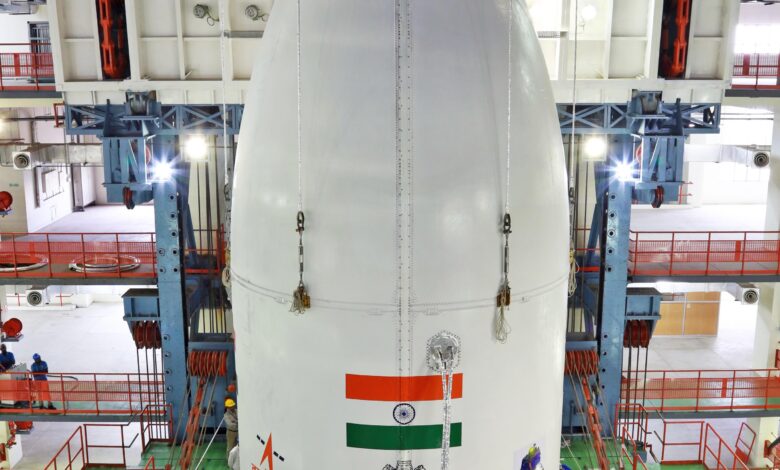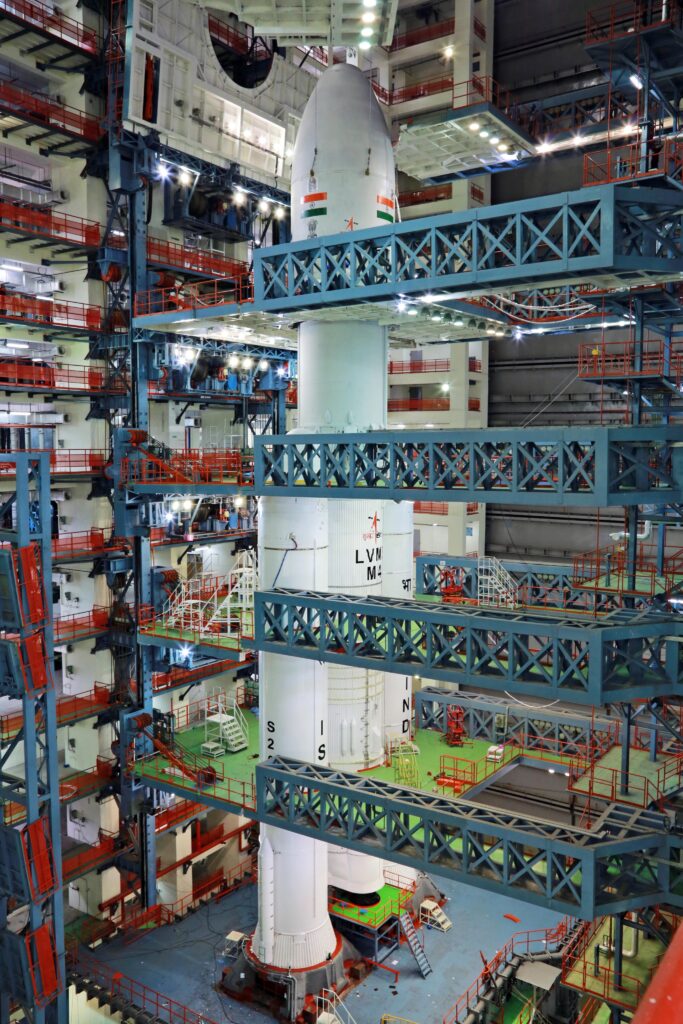ISRO to Launch Chandrayaan-3 on July 14th: A New Lunar Mission with Advanced Payloads

Indian Space Research Organisation (ISRO) is gearing up for the launch of Chandrayaan-3, the next mission in the Chandrayaan series, on July 14th. This ambitious mission aims to demonstrate safe and soft landing on the lunar surface, rover roving capabilities, and conduct in-situ scientific experiments. The specifications of the mission have been revealed, shedding light on the advanced technologies and payloads that will be utilized.
Chandrayaan-3 consists of two main modules: the Propulsion Module (PM) and the Lander Module (LM) with an integrated Rover. The Propulsion Module, weighing 2148 kg, will carry the Lander Module, weighing 1752 kg (including the 26 kg Rover), to the lunar orbit. The total mass of the integrated module is 3900 kg. Power generation on the mission will be achieved through the Propulsion Module (758 W), Lander Module (738 W, with a bias), and the Rover (50 W).
The communication system will involve the Propulsion Module communicating with the Indian Deep Space Network (IDSN), while the Lander Module will communicate with both the IDSN and the Rover. As a contingency link, the Chandrayaan-2 Orbiter is also planned to be utilized. The Rover, however, will communicate exclusively with the Lander.
The Lander Module of Chandrayaan-3 is equipped with various advanced sensors and instruments. These include the Laser Inertial Referencing and Accelerometer Package (LIRAP), Ka-Band Altimeter (KaRA), Lander Position Detection Camera (LPDC), Lander Hazard Detection & Avoidance Camera (LHDAC), Laser Altimeter (LASA), Laser Doppler Velocimeter (LDV), Lander Horizontal Velocity Camera (LHVC), Micro Star sensor, Inclinometer & Touchdown sensors, and four Reaction wheels as actuators.
The Lander Propulsion System comprises four throttleable bi-propellant engines (800 N each) and eight throttleable engines (58 N each) with Throttleable Engine Control Electronics. Lander mechanisms include the Lander leg, Rover Ramp (Primary & Secondary), Rover, ILSA, Rambha & ChaSTE payloads, Umbilical connector Protection Mechanism, and X-Band Antenna.
The Lander’s touchdown specifications ensure a gentle landing, with a vertical velocity of ≤ 2 m/sec, horizontal velocity of ≤ 0.5 m/sec, and a slope of ≤ 120 degrees.
The scientific payloads onboard the Lander Module and Rover are designed to achieve specific objectives. The Lander payloads include:
- Radio Anatomy of Moon Bound Hypersensitive ionosphere and Atmosphere (RAMBHA) – Langmuir probe (LP): This payload aims to measure the near-surface plasma density and its variations over time.
- Chandra’s Surface Thermo physical Experiment (ChaSTE): Its objective is to analyze the thermal properties of the lunar surface near the polar region.
- Instrument for Lunar Seismic Activity (ILSA): This payload will measure the seismic activity around the landing site and provide insights into the structure of the lunar crust and mantle.
- Laser Retroreflector Array (LRA): This passive experiment will help understand the dynamics of the Moon system.
The Rover payloads include:
- Laser Induced Breakdown Spectroscope (LIBS): This payload enables qualitative and quantitative elemental analysis, helping to determine the chemical composition and infer mineralogical composition of the lunar surface.
- Alpha Particle X-ray Spectrometer (APXS): With this payload, scientists aim to determine the elemental composition (Mg, Al, Si, K, Ca, Ti, Fe) of lunar soil and rocks in the vicinity of the landing site.
In addition to the Lander and Rover payloads, the Propulsion Module carries the Spectro-polarimetry of HAbitable Planet Earth (SHAPE) payload. This scientific addition aims to make future discoveries of smaller planets in reflected light, allowing scientists to investigate a variety of exoplanets and assess their potential habitability and the presence of life.
Chandrayaan-3’s mission life is expected to last approximately one lunar day, which is equivalent to about 14 Earth days. The prime landing site measures 4 km x 2.4 km and is located at 69.367621° S, 32.348126° E on the lunar surface.
With these advanced specifications and payloads, Chandrayaan-3 is poised to further India’s scientific exploration of the Moon and pave the way for future interplanetary missions. The launch on July 13th will mark another significant milestone in ISRO’s space exploration endeavors.





